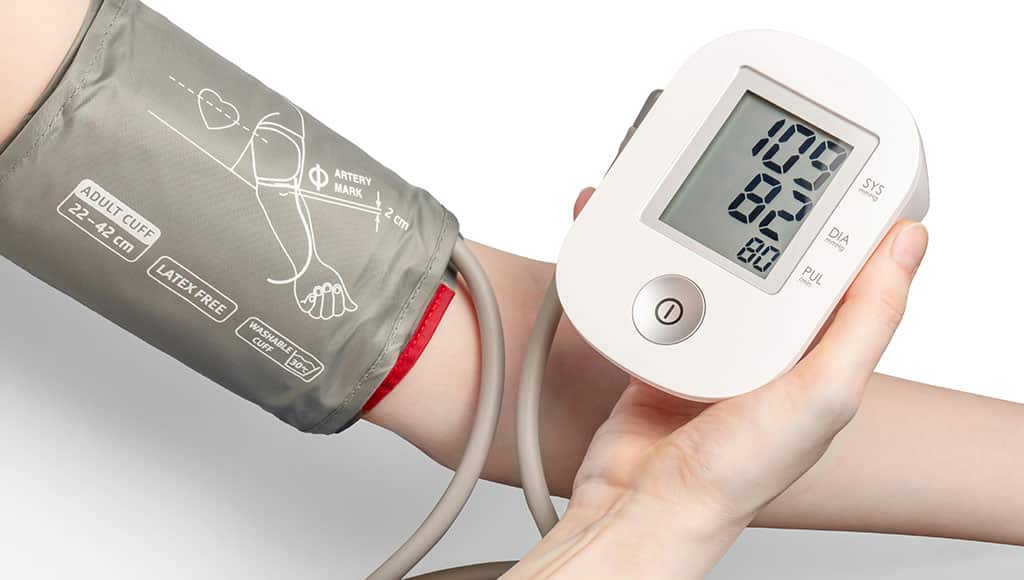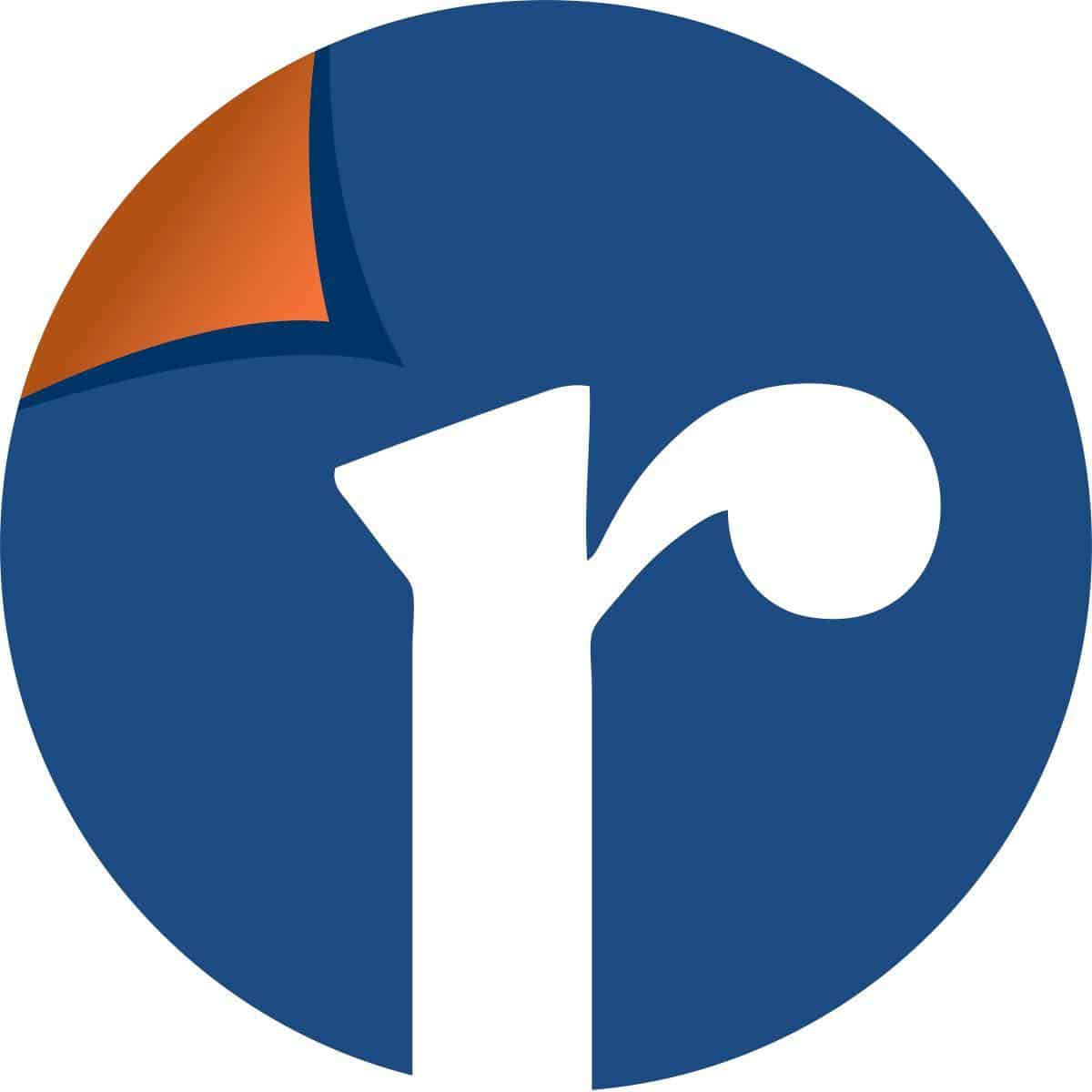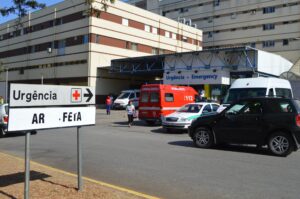Measure your blood pressure regularly in order to help your healthcare team diagnose any health problems early.
Because measuring your blood pressure is the only way to know whether you have high blood pressure. It usually has no warning signs or symptoms, and many people do not know they have it.
Many things can affect a blood pressure reading, including:
- Nervousness about having your blood pressure taken. This is called “white coat syndrome”. As many as 1 in 3 people who have a high blood pressure reading at the doctor’s office may have normal blood pressure readings outside of it.
- What you ate, drank, or did before your reading. If you smoked, drank alcohol or caffeine, or exercised within 30 minutes of having your blood pressure measured, your reading might be higher.
- How you are sitting. Crossing your legs and letting your arm droop at your side rather than rest on a table at chest height can make your blood pressure go up.
It’s important to get an accurate blood pressure reading so that you have a clearer picture of your risk for heart disease and stroke. A reading that says your blood pressure is lower than it actually is may give you a false sense of security about your health. A reading that says your blood pressure is higher than it actually is may lead to treatment you don’t need.
Learn the correct way to have your blood pressure taken, whether you’re getting it checked at the doctor’s office or checking it yourself at home. Use this checklist:
- Don’t eat or drink anything 30 minutes before you take your blood pressure.
- Empty your bladder before your reading.
- Sit in a comfortable chair with your back supported for at least 5 minutes before your reading.
- Put both feet flat on the ground and keep your legs uncrossed.
- Rest your arm with the cuff on a table at chest height.
- Make sure the blood pressure cuff is snug but not too tight. The cuff should be against your bare skin, not over clothing.
- Do not talk while your blood pressure is being measured.
- Take your blood pressure at the same time every day.
- Take at least two readings, 1 or 2 minutes apart.
Your healthcare team can diagnose high blood pressure and make treatment decisions by reviewing your systolic and diastolic blood pressure levels and comparing them to levels found in certain guidelines. The guidelines used to diagnose high blood pressure may differ from healthcare professional:
- Some guidelines diagnose patients with high blood pressure if their blood pressure is consistently 140/90 mm Hg or higher. This limit is based on a guideline released in 2013, as seen in the table below.
- Other recommendations diagnose patients with high blood pressure if their blood pressure is consistently 130/80 mm Hg or higher. This limit is based on a guideline released in 2017 and 2023, as seen in the table below.
| The Eighth Report of the Joint National Committee on Prevention, Detection, Evaluation and Treatment of High Blood Pressure (2013) | The American College of Cardiology/American Heart Association (ACC/AHA) Guideline for the Prevention, Detection, Evaluation, and Management of High Blood Pressure in Adults (2017) & European Society of Hypertension (ESH) (2023) | |
| In patients 18 to 59 years of age without major comorbidities, and in patients 60 years or older who have diabetes, chronic kidney disease or both conditions, the new goal blood pressure level is <140/90 mm Hg | Both guidelines recommend a lower blood pressure target (<130/80 mm Hg) for adults at high risk to reduce the risk of cardiovascular events | |
| In patients 60 years or older who do not have diabetes or chronic kidney disease, the goal blood pressure level is now <150/90 mm Hg | Key differences include a lower diagnostic threshold by ACC/AHA criteria (<130/80 mm Hg) than by ESH criteria (<140/90 mm Hg) and age-based treatment targets (ESH criteria) | |
Article submitted by the HPA Group
























